Automaticity in reading is critical for our students. Without it, they are less likely to read fluently or to understand what they are reading.During my time as a first-grade teacher, I had numerous students who were really struggling with decoding and gaining automaticity. Not only was their reading level lower than the other students in my class, they tended to have more comprehension troubles.
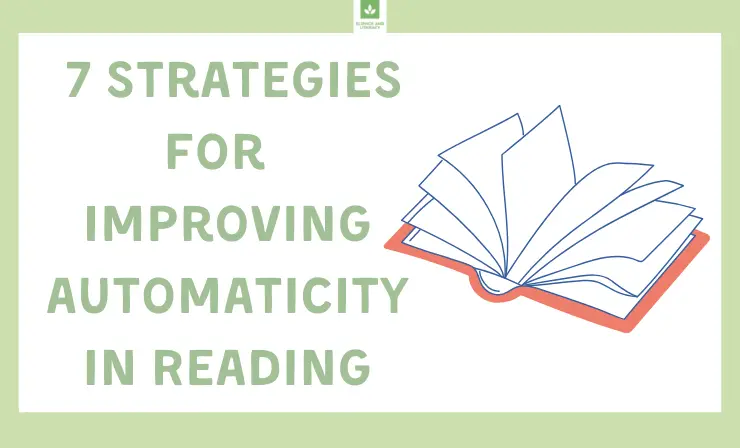
I spent a lot of time talking to colleagues and researching various strategies and approaches how to help my students improve their automaticity. After putting some of these practices to work, I was able to see what actually made an impact with my students, and what was less helpful.Would you like to learn more about what I discovered? I’d love to share with you!
Continue reading, and I’ll explain:
- Strategies to help you learn how to improve automaticity in reading with your students →
- What automaticity is →
- Why automaticity is so important in reading →
- Steps to develop reading automaticity →
- Some of the most common reading difficulties students have →
7 Strategies that Can Help
If your students have reading difficulties, there are plenty of things you can to do to help them. Below are a few ideas you can try for each of the common reading difficulties outlined above.
Problems with Decoding Words
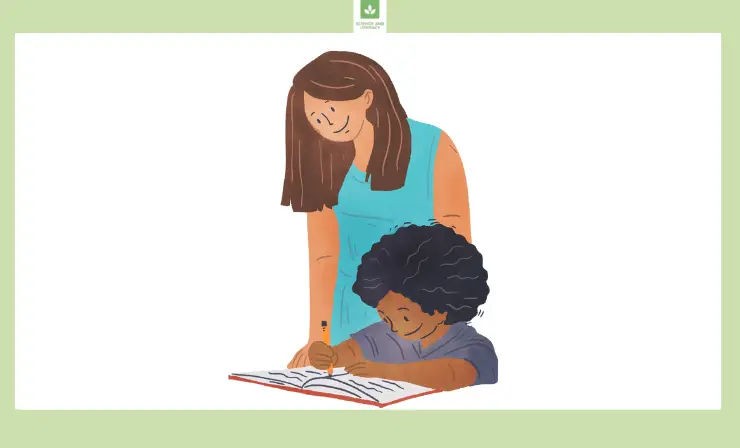
Try these ideas to help your students improve their decoding:
- Basic phonemes practice: There are 44 different phonemes, or sounds, in the English language. Practicing these with your students, with flash cards or whole-group practice on your interactive whiteboard can help students begin to master these sounds. You can learn more about the best interactive whiteboards in this article .
- Practice rhyming words: When students are able to identify rhyming words, it can help them decode an unfamiliar word by connecting it to something they know. Display three words with your document camera and ask students whether they rhyme or not. Read this article to learn more about the best document cameras for teachers. You can ask students to make connections between how all the words are spelled. Additionally, asking students to generate rhyming words for a given word can also be helpful.
- Read aloud to your students as they follow along: Model good decoding strategies by reading aloud to your students. Make sure they have a copy of the text in front of them. Encourage them to follow along as you read.
Reading too Slowly

Here are a few ideas you can implement to help some of your slower readers:
- Stopwatch reading: Set a timer for one minute and ask your student to read as much as they can. When the timer goes off, note where they stopped and discuss any areas that they had trouble reading. Set the timer for one minute again, and have the students read the same text. See how much farther they are able to get after having some practice. Let your student watch both recordings and share what they notice about the progress they are making. If you’d like to learn more about the best cameras for recording lectures, click here.
- Rereading: Rereading familiar texts can help build fluency and speed. Set up a book basket for each student with some books they have already read. Ideally, these books should be at their instructional level, such as books you have previously used with their reading group.
Poor Comprehension

- Continue to work on decoding and fluency: As I mentioned earlier, oftentimes comprehension can be negatively impacted by automaticity. If your students still aren’t reading with automaticity, you’ll want to use some of the strategies shared above. You can help them practice decoding words and overlearn these words to build automaticity.
- Explicit instruction and modeling: It is essential for you to model the strategies that you want to use. During your small group instruction, engage in various think-alouds to help students “see inside your head”. Use different reading strategies to help you understand what you are reading.
What Is Automaticity?
Automaticity is the ability to do something without thinking about it. Tasks that you’re able to perform with automaticity includes those that you’ve done so many times that you can complete them without putting any conscious thought into it.There are many examples of automaticity in our day-to-day lives. Some examples include walking, driving, typing on a keyboard, and more. These are all tasks that most of us can do without even thinking about them.

However, it was not always this way. There once was a time when you were just learning to walk, drive, or type.You needed to repeatedly practice these skills before you achieved automaticity. For example, think back to when you were first learning to drive a car. You had to really think about which foot to use to push the gas pedal, how to turn on the signal, and so on.
Automaticity when reading is the same thing. It involves students being able to read without putting conscious effort into it.Automaticity with reading refers to quick and automatic word recognition. However, just as you needed time to master the skills of walking, driving, and typing, your students will need repeated practice and to see words multiple time before they’ll develop automaticity with them.
Here is a short video where one teacher helps explain what automaticity is, why it is important for students.
After watching the video, you should now have a deeper understanding of how to improve automaticity in reading
Why Is Automaticity So Important?
Automaticity in reading is an essential skill that students must develop if they’re going to be successful readers and learners. Without automaticity, students’ fluency and comprehension will also suffer.Think about it, if a student is expending so much brain power on trying to figure out nearly every word in a sentence, are they going to be able to read the sentence fluently or with expression?
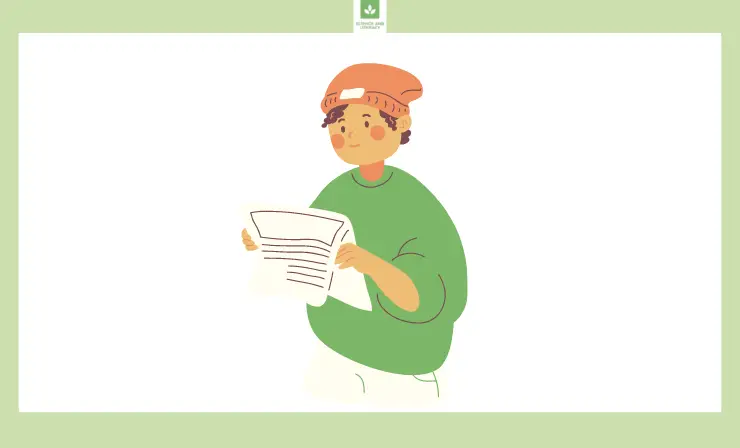
As for comprehension, if their reading is very choppy, as it would be with getting caught up by multiple words, what do you think the chances are that they’re going to really understand what they read.A student (really, any individual) has a finite amount of working memory. When they aren’t expending most of this working memory to decode words, they can focus on high-order thinking skills.
If a student tells you that they hate reading , automaticity (or lack there-of) could be to blame. The student could feel so overwhelmed and exhausted at the thought of reading, knowing how much time and effort it is going to take them to sound out nearly every word. This can really keep reading from being as enjoyable as we want it to be for our students.
If you suspect this is the reason your student dislikes reading, follow some of the suggestions outlined below how to improve student’s automaticity in reading. This video highlights the effect that a lack of automaticity can have on a student’s reading.
As you can see, the student become overwhelmed and wants to give up.It is important for students to develop automaticity with their letters, words, and full texts.This will, of course, take time. However, it should be the goal in each teacher’s head as they are working with their students.
4 Steps of Developing Automaticity of Reading
Helping your students master automaticity in reading is no small feat, but it is achievable.
Below are some steps to follow to help you learn how to improve automaticity in reading with your students :
- Deliver systematic and explicit instruction on phonics: Students need to be explicitly taught the various letter sounds and how to put them together to read a word.Explicit phonics instruction involves using a step-by-step approach to walk students through each component of sounding out a word and blending different sounds together.
- Work with students to achieve accuracy in each of the different aspects of decoding: To decode words, there are a number of different components students must master. These include letter-sound correspondence, blending sounds, and automatically recognizing sight words/irregular words.It is important to work with students to help them practice these skills before expecting them to read with automaticity. Work with students at their individual reading level (texts they are reading with 90 to 96% accuracy).
- Master decoding words: Students who have truly mastered decoding should demonstrate higher levels of reading comprehension. Those who are still stuck on decoding words will be more caught up in trying to sound them out and less likely to be able to answer questions about the text.If your students are able to answer comprehension questions about a text they read, including high-order questions, it is a good indication that they are on their way to mastering decoding.
- Work with students to overlearn words: Just because your students have demonstrated mastery with decoding or reading specific words, it does not mean that you should stop practicing them. Continue working with your students so that they overlearn these words.Increased exposure to words will increase a student’s ability to automatically recognize them. An average reader must look at a word between 4 and 14 times to be able to read it with automaticity. Your struggling readers, on the other hand, may need to see that same word closer to 40 times before they’ll be able to read it with automaticity.
On of my colleague shared how she helped her students improve automaticity in reading:
Students demonstrated mastery of phonics skills practiced during #wordbuilding with a fun, decodable sentences card game! It was a great opportunity to also practice our automaticity in reading words! #firstieslovephonics #experienceNewProspect pic.twitter.com/71HcBlRy0h
— Heather Alterman (@MrsAltermanNPE) March 15, 2022
3 Common Difficulties with Reading
If you are a teacher, you’re probably already familiar with some of the more common reading difficulties students may have. These include problems with decoding words, reading too slowly, and poor comprehension.
Let’s take a deeper look at each of these common reading difficulties:
1.Problems with Decoding Words
This first common problem directly relates to the topic of this article. Students who are having trouble decoding words will not be able to read with automatic. Decoding refers to combining the different letter sounds in a word to sound it out. While most new readers have some trouble decoding new words, it is a skill that should develop with some practice.
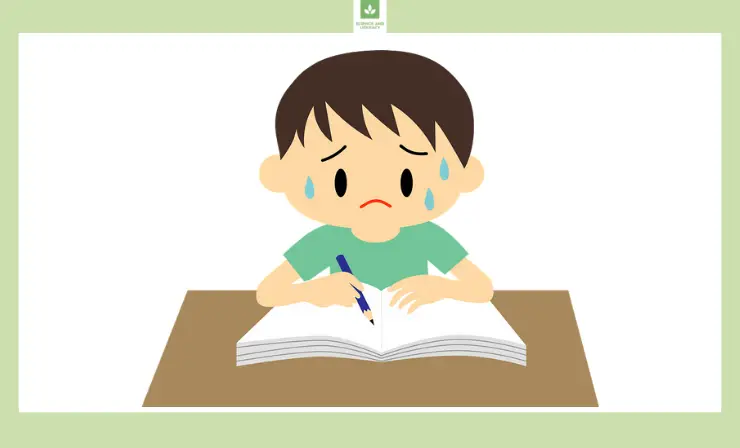
That being said, even after practice and exposure, some of our students still have trouble decoding words. If you notice that one of your students is still having problems with decoding words, even after a lot of repeated practice and explicit phonics instruction, it could indicate a learning disability.
2.Reading Too Slowly
All new readers are going to read slowly. But, as students gain practice and increase their word recognition skills, their speed should pick up some. Some students continue to have speed issues with reading. In some cases, reading slowly may be connected with a slower processing speed.
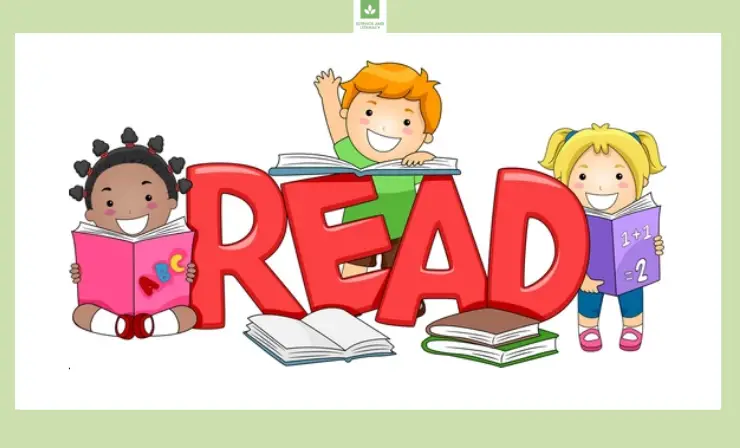
Students who are already a bit slower than others to process incoming information may be having an even more challenging time processing the information from a text they are reading.
3.Poor Comprehension
Comprehension refers to understanding what you read. While some students are able to decode the words in a text and read it with fluency, they struggle with comprehending what they read. On one hand, the lack of comprehension may be caused by attention issues and failing to focus on what was read.
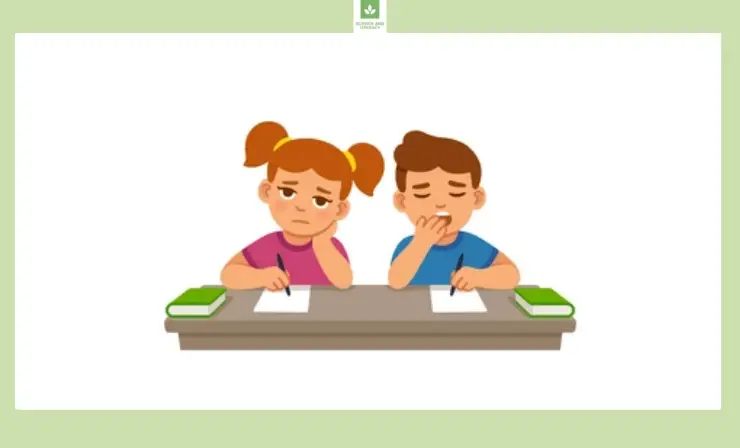
On the other hand, students may struggle with comprehension and decoding. In these cases, it is likely that students are having trouble understanding what they read. Beacuse of expending their mental capacity on trying to sound out the words.
Useful Recourses:
Closing Thoughts
When students are able to develop automaticity, they’ll also have the opportunity to soar with their reading fluency and comprehension. I hope you have found my tips for how to improve automaticity in reading helpful! What are you ready to begin implementing right away with your students?
- 14 Science Experiments for Middle School — Unlock the Wonders of The World in Your Classroom - February 18, 2023
- Top 11 Sound and Voice Amplifier Apps: Enhance Audio on Your Device with the Best Volume Boosters - January 26, 2023
- 7 Creative Valentine’s Day Poster Ideas to Make Your Space Feel More Festive - January 11, 2023

Hi, Simona, thanks for the tips. Some of my students struggle with reading. I think I might use one of your strategies. But shall I talk with their parents first?
Hey, well, I guess it’s better to try some methods first and if it won’t work, than talk to parents.